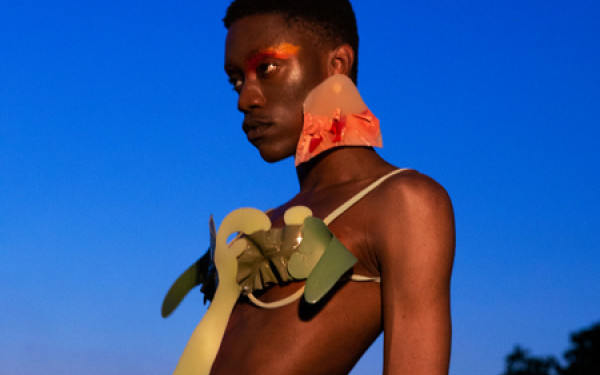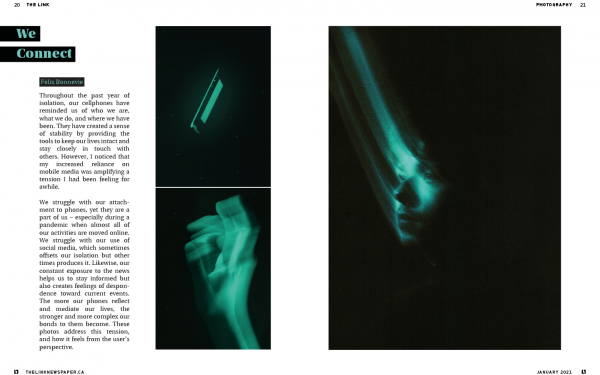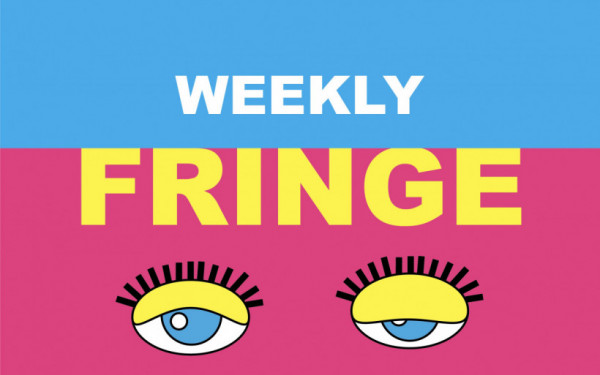What Is Photography When Everyone’s a Photographer?
Joan Fontcuberta Explores the Transitional State of Photography Caused by the Second Digital Revolution
Today, we can all claim to be photographers.
With the proliferation of digital cameras, cellphones and the ability of photographic devices to technologically enhance images, we all possess the means to produce quality photos with just one click.
Immortalizing the present has never been so commonplace, with younger generations fervently documenting festivities, food porn and no-makeup morning selfies.
Exploring this theme at the upcoming biennial photography festival Le Mois de la Photo à Montreal, set to take place next September, artist and curator Joan Fontcuberta questions the significance of this transitional phase by trying to understand what defines photographic quality within this mass circulation of imagery. The theme of the 14th edition, which Fontcuberta will curate, is “The Post-Photographic Condition.”
“Photography is going through a crucial change. Back in the 19th century, it embodied the principles of the Industrial Revolution,” Fontcuberta said. “Photography was rooted in a techno-scientific culture, the consequence of political principles and intellectual movements.”
“Almost two centuries later, what is photography responding to? To the intellectual, political, religious and cultural environment, yes. But the images produced today, do they serve the same functions as those of the past? The answer is not at all. Photography has been [straying] far from the main principles that originated it.”
A wide range of interests and aesthetics will be displayed during the biennial event, which will feature international and Canadian artists, including many emerging artists. The topics range from the history of photography to recent contemporary art, as well as the exploration of identity, memory, and truth to social and urban environment.
Photography has historically served to embody the “truth claim,” a term coined by art historian and professor Tom Gunning, implying that traditional photography was a way to accurately depict reality. The camera was a new technology used to convey truth and record a memory while representing a symbolic appropriation of the world.
However, Fontcuberta broke this convention of photographic truth in 1984 by distorting the nature of images with Fauna, a project in which he invented and captured mysterious, unclassified species while claiming the images to have been the works of fictional zoologist Dr. Ameisenhaufen, who supposedly disappeared in 1955. By manipulating images and scenarios, his goal was to showcase how truth was not an absolute concept, but a power construct.
“I was obsessed with the issue of truth because I was born in Spain during Franco’s dictatorship and my youth was spent under censorship,” Fontcuberta explained.
“Photography at that time was still quite a convincing tool to provide evidence, but I was convinced the images circulating at the time were not a transcription of reality nor a mirror image of the world. Truth was manipulated constantly because of interest in changing public opinion.”
The situation today has changed, with the world “invaded” by the Internet, social networks, cellphones and surveillance cameras, he says. Still, there’s great interest in unveiling the possibility of falsifying photographic evidence.
“It’s great to remain skeptical and critical today of the information we receive. But with the massive production of image, the presence of fiction is more obvious than ever and should be carefully elucidated,” Fontcuberta said.
Photography is a tool that can provide a diagnosis of our current world. The mass circulation of images shows how we are immersed in a capitalism of images and a world permeated with visual representations of merchandising and branding.
The automatization of photography has made quality image-making more accessible. However, there’s a gap between the ease of capturing an image and the more strenuous task of creating a photo that’s actually thought-provoking.
“Today, even machines can produce images, from CCTV cameras to amateurs shooting without thinking. This raises the questions, ‘who is the author? What is an author? And what is an artist?’” said Fontcuberta.
“We see that the problem lies within consciousness. The author is the one who is able to project consciousness into his image. But this [raises] bigger questions—what is human consciousness today in a world where machines can think with the sophistication of devices that incorporate programs that possess ‘replicas of consciousness?’”
With every transition comes evolutionary progression, and in the case of photography, that’s meant the selfie has become the most popular form of photography today. It’s an extension of the traditional photo-portrait, a practice historically limited to only a few. Today, approximately 1 million self-portraits are taken every day with smartphones, according to USA Today.
You no longer have to be a professional photographer to take portraits. This positively contributes to the field since it allows women to manage and supply their own self-representation, providing a freedom that didn’t exist before. However, taking an abundance of selfies during an event prevents us from actually living the experience, serving rather as proof for the eyes of others and a validation of one’s existence.
“Now the selfie is a kind of […] the inscription of oneself in reality—‘I’m not interested in the event, I’m interested in my presence at the event.’ [It serves as a means] of proving that I was there and transmitting that real time, so it’s a kind of nostalgia of the present, but no longer of the past,” said Fontcuberta.
The effects of the so-called Second Digital Revolution have altered the principles of photography, redefining the visual approach to taking photos. Despite its changing state, these challenges loosen rigid concepts, allowing photography to adapt itself to a changing society.
“Taking a picture today is easy and little attention is given to craft. This means that the art quality no longer resides in the fabrication but prescription of meaning,” said Fontcuberta.
This means that what determines photographic quality is the intention put into an image and the ability to fulfill those intentions.
“I’m positive this post-photography situation is actually implementing and stimulating a lot of wonderful projects, so I’m not pessimistic at all,” he concluded.
Correction: This article originally stated that mainly Canadian artists would be featured at Le Mois de La Photo à Montreal. In fact, it will feature Canadian, international and emerging artists as well. This article has been updated accordingly. The Link regrets this error.

_764_1050_90.jpg)
_600_832_s.png)




